FULL TECHNOLOGY CURRICULUM: 35 Lesson Plans (covering 70 - 105 lessons) + 3 Summative Assessment Tasks (incl. marking rubric) - Year 6

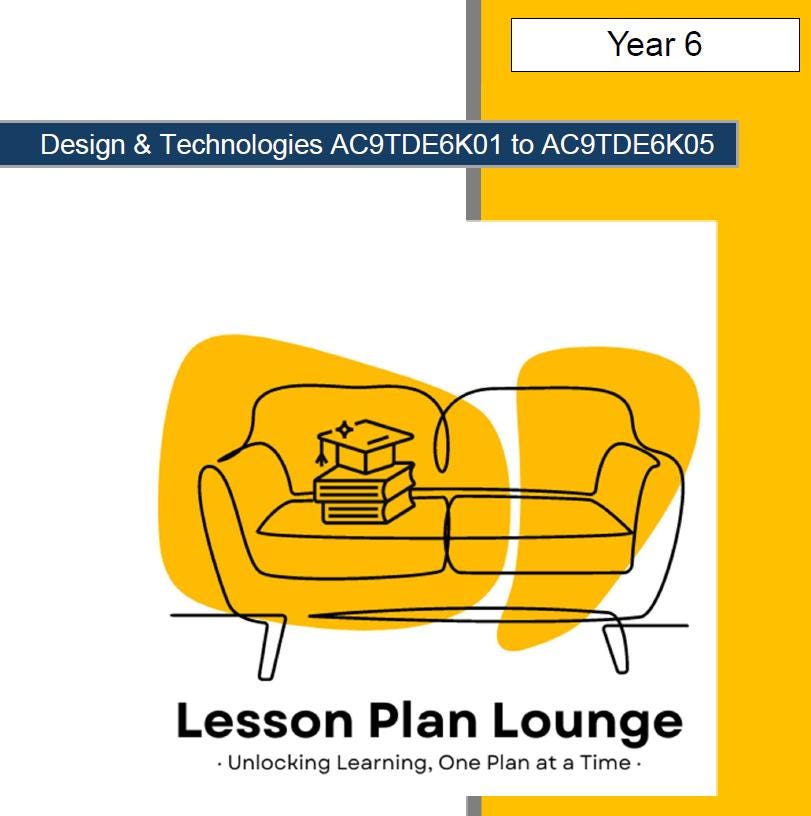

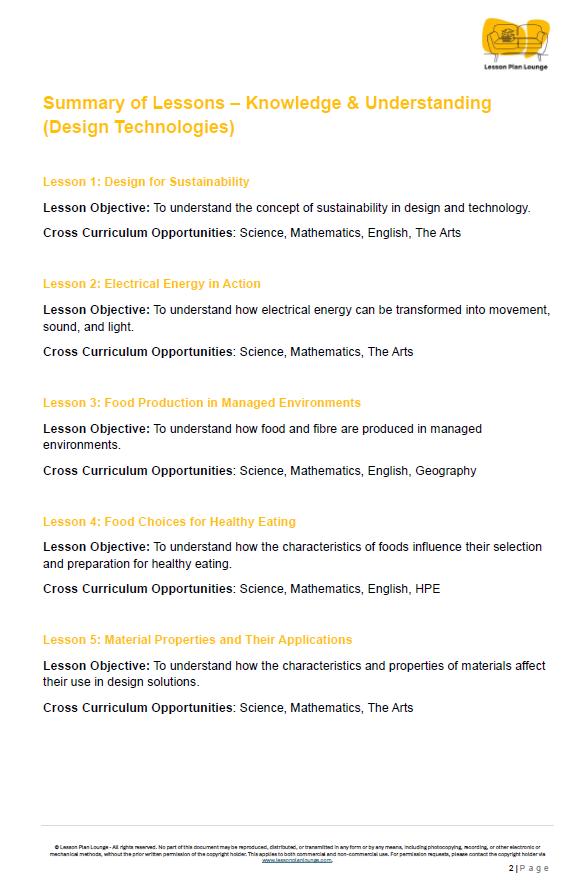
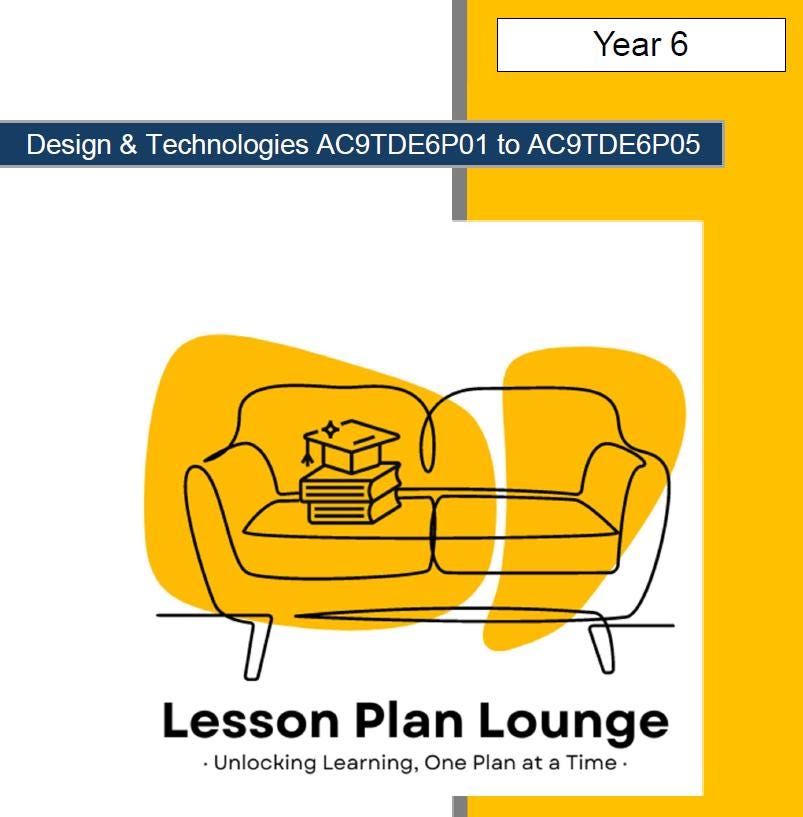
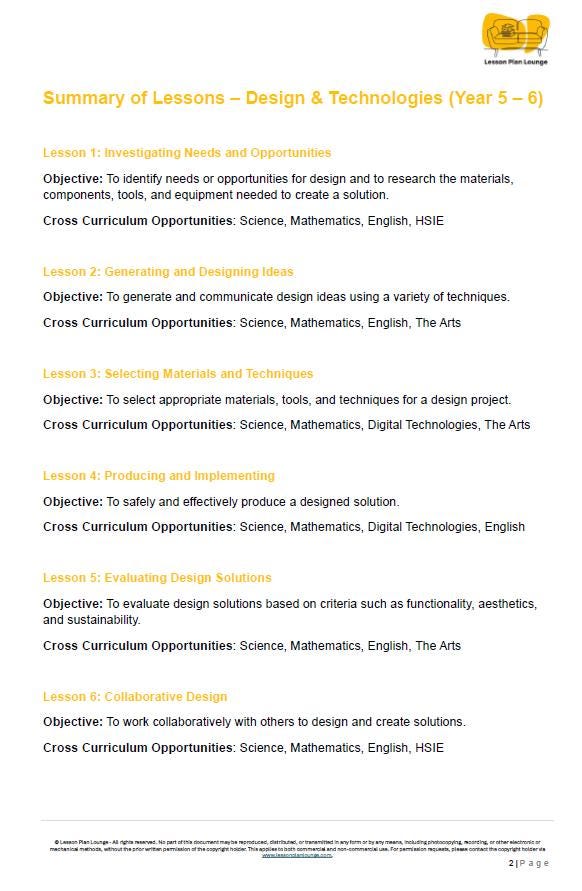
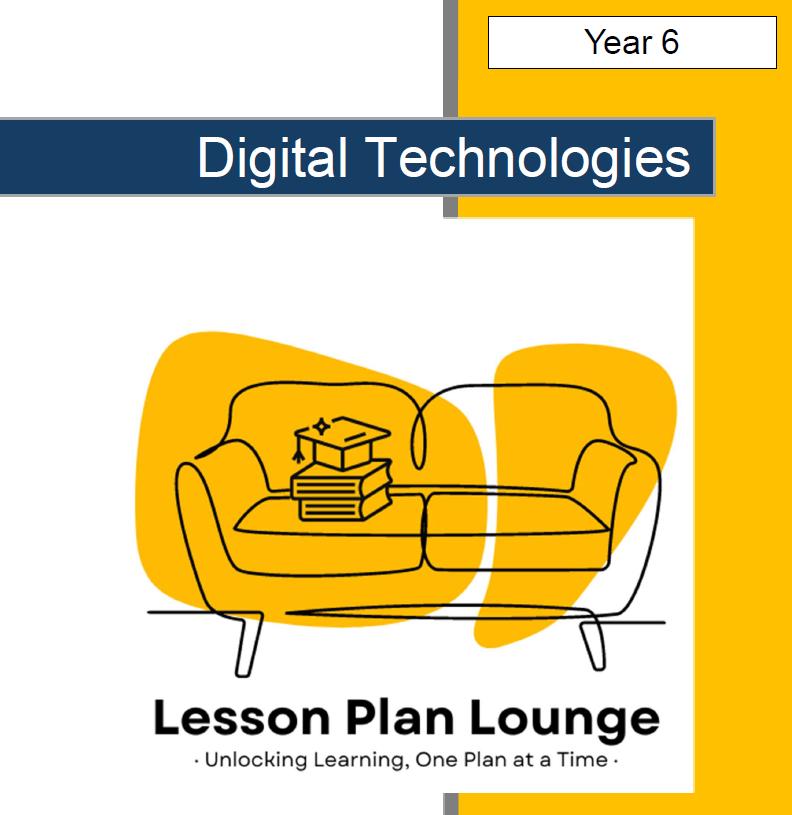

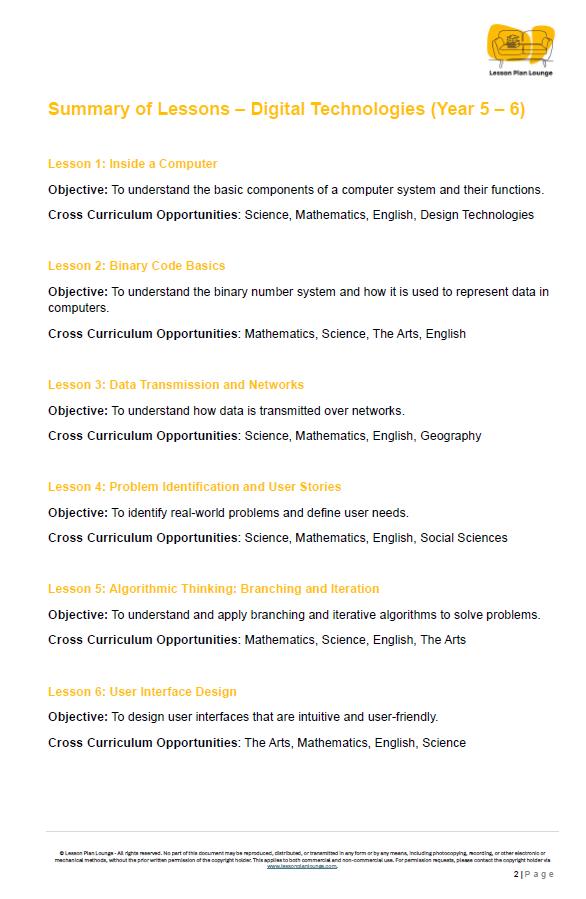
$14.02
FULL TECHNOLOGY (Design and Digital) CURRICULUM: 35 Lesson Plans (2-3 lessons per plan) + 3 Summative Assessment Tasks (incl. marking rubric) - Year 6
Covering:
Design Technologies
AC9TDE6K01 - explain how people in design and technologies occupations consider competing factors including sustainability in the design of products, services and environments.
AC9TDE6K02 - explain how electrical energy can be transformed into movement, sound or light in a product or system.
AC9TDE6K03 - explain how and why food and fibre are produced in managed environments.
AC9TDE6K04 - explain how the characteristics of foods influence selection and preparation for healthy eating.
AC9TDE6K05 - explain how characteristics and properties of materials, systems, components, tools and equipment affect their use when producing designed solutions.
AC9TDE6P01 - investigate needs or opportunities for designing, and the materials, components, tools, equipment and processes needed to create designed solutions.
AC9TDE6P02 - generate, iterate and communicate design ideas, decisions and processes using technical terms and graphical representation techniques, including using digital tools.
AC9TDE6P03 - select and use suitable materials, components, tools, equipment and techniques to safely make designed solutions.
AC9TDE6P04 - negotiate design criteria including sustainability to evaluate design ideas, processes and solutions.
AC9TDE6P05 - develop project plans that include consideration of resources to individually and collaboratively make designed solutions.
Digital Technologies
AC9TDI6K01 - investigate the main internal components of common digital systems and their function
AC9TDI6K02 - examine how digital systems form networks to transmit data
AC9TDI6K03 - explain how digital systems represent all data using numbers
AC9TDI6K04 - explore how data can be represented by off and on states (zeros and ones in binary)
AC9TDI6P01 define problems with given or co-developed design criteria and by creating user stories
AC9TDI6P02 - design algorithms involving multiple alternatives (branching) and iteration
AC9TDI6P03 - design a user interface for a digital system
AC9TDI6P04 - generate, modify, communicate and evaluate designs
AC9TDI6P05 - implement algorithms as visual programs involving control structures, variables and input
AC9TDI6P06 - evaluate existing and student solutions against the design criteria and user stories and their broader community impact
AC9TDI6P07 - select and use appropriate digital tools effectively to create, locate and communicate content, applying common conventions
AC9TDI6P08 - select and use appropriate digital tools effectively to share content online, plan tasks and collaborate on projects, demonstrating agreed behaviours
AC9TDI6P09 - access multiple personal accounts using unique passphrases and explain the risks of password re-use
AC9TDI6P10 - explain the creation and permanence of their digital footprint and consider privacy when collecting user data
Including: hands-on activities, explicit teaching content, formative assessment options, differentiation strategies, cross curriculum opportunities, outdoor learning opportunities, design projects (real life application), materials needed (per lesson) and early career education suggestions (professions that go along with the content you are teaching on/ projects your students are working on).
Each lesson plan covers 2-3 lessons.
Please Note:
The lesson plans for Year 5 and Year 6 are designed to cover the same core content areas. While the specific activities and assessments may be adjusted to suit the developmental stage of each year level, the underlying curriculum expectations remain consistent.
